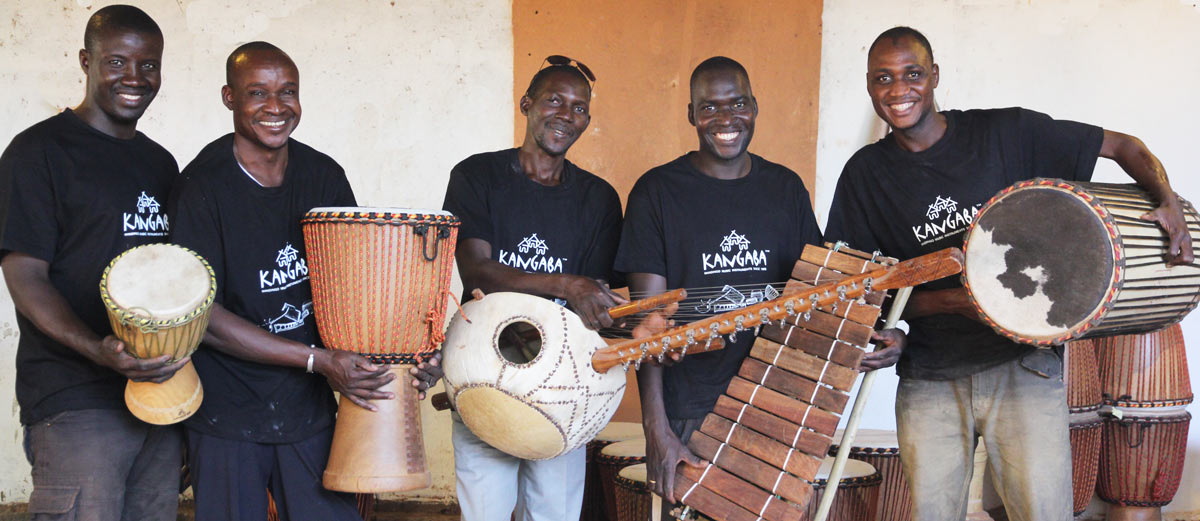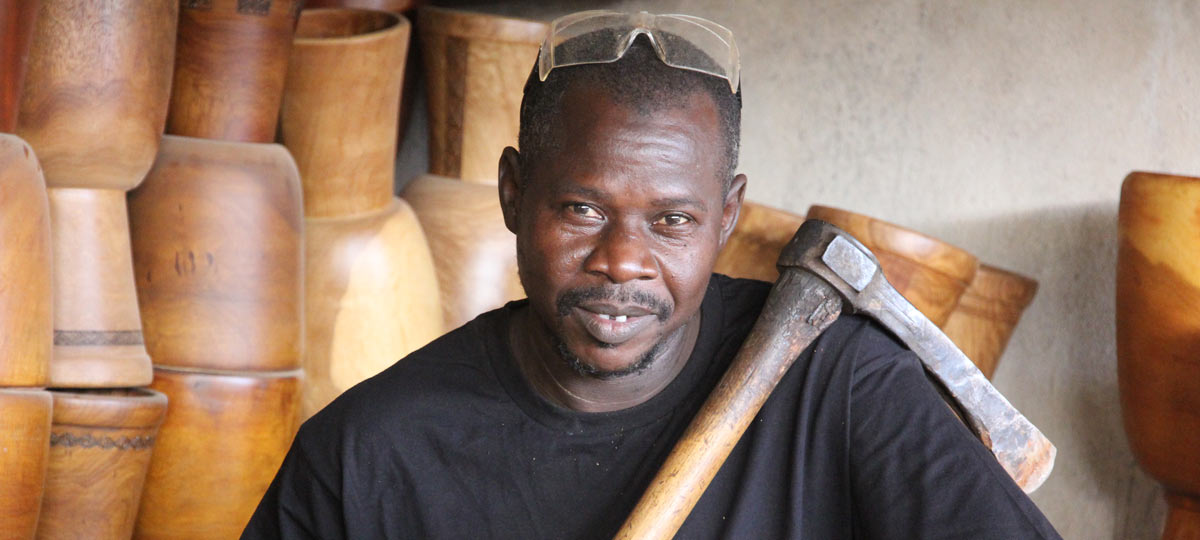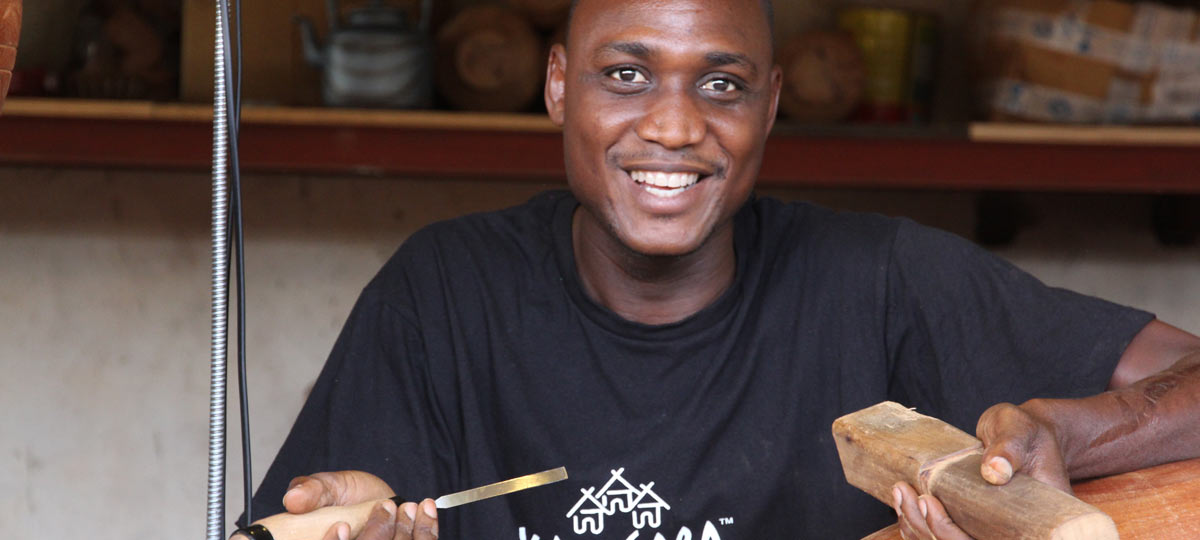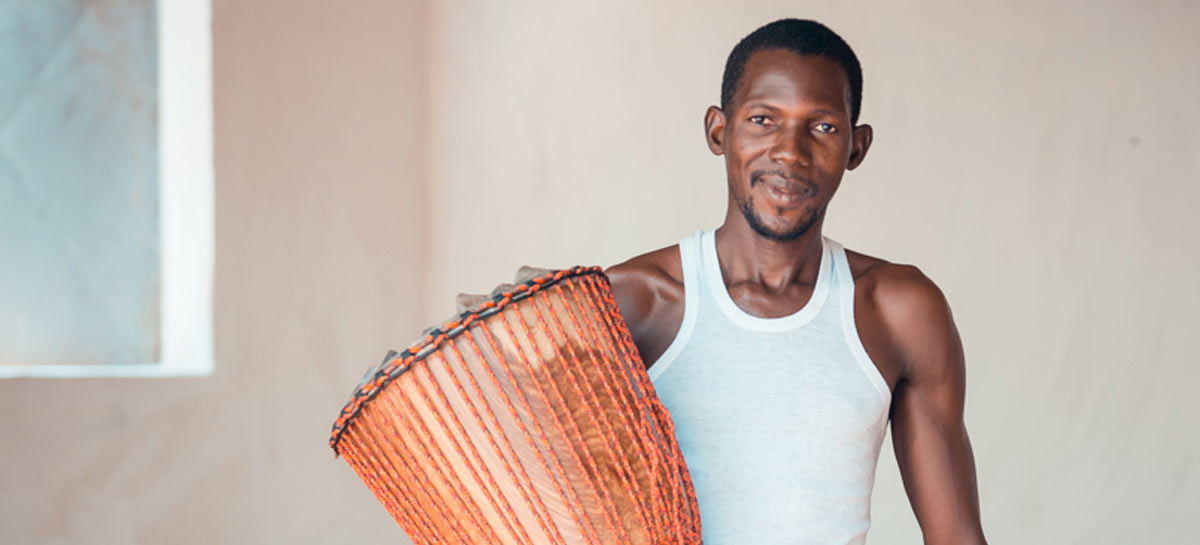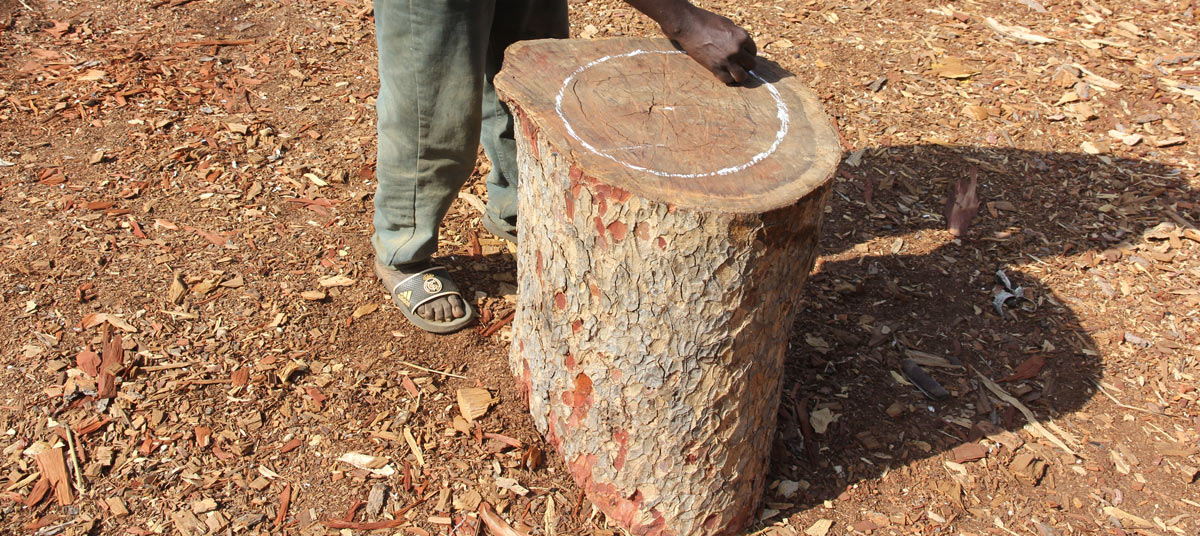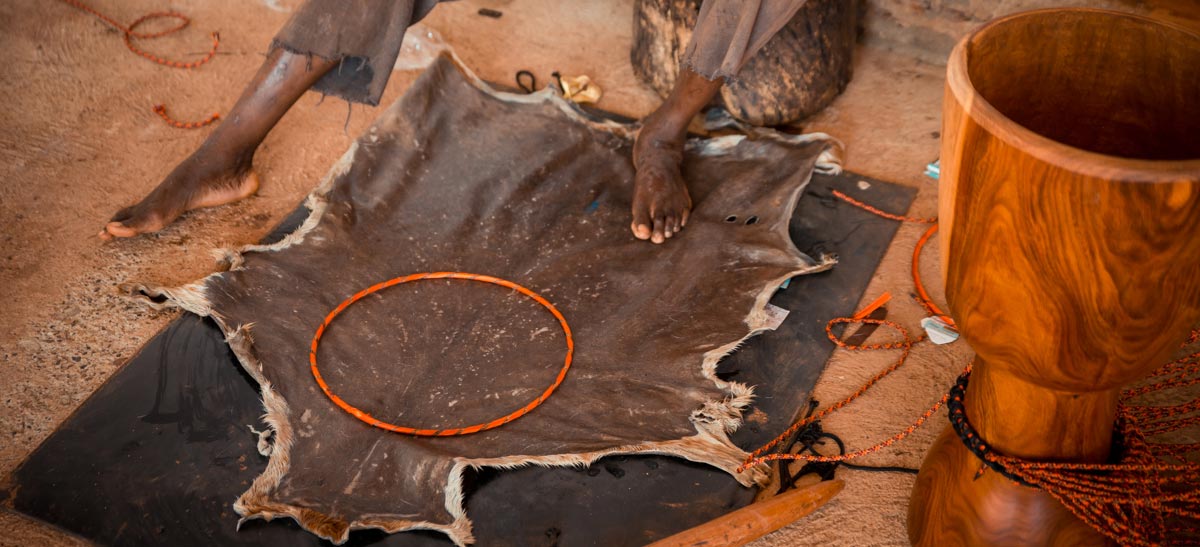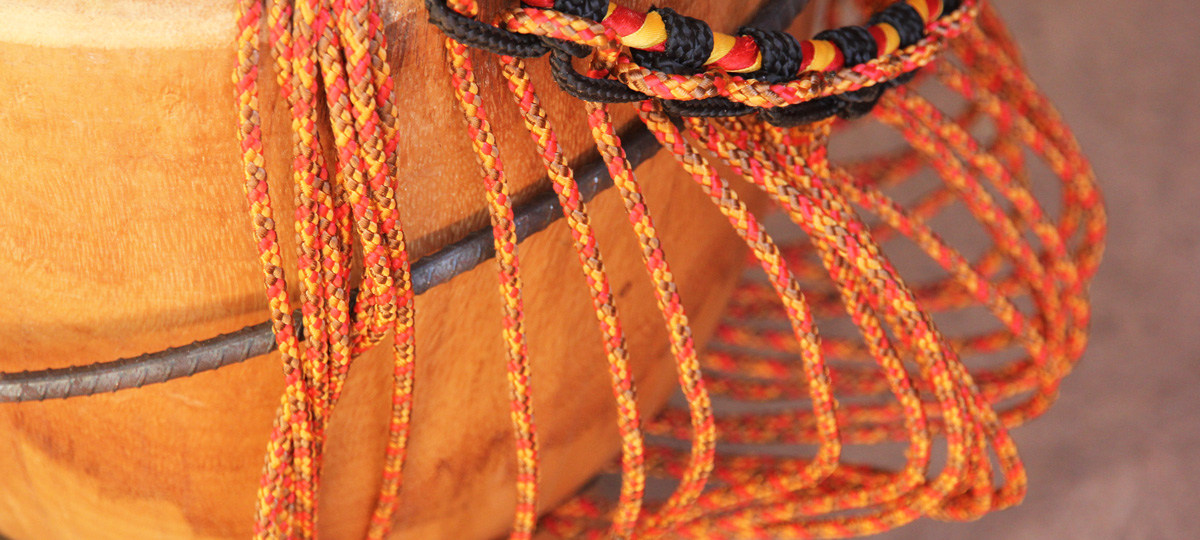No products
The workshops
The Kangaba percussion instruments are made in Bamako in the Campement workshops (www.lecampement.com). Working conditions are optimal for producing high quality instruments and for the well-being of the craftsmen.
The craftsmen
Most of the sculptors come from the blacksmith caste. In Mali, their know-how is ancestral; originally, they also produced agricultural and domestic tools.
The assemblers are generally percussionists themselves who perform at weddings and baptisms. Making the instruments allows them to live with their passion.
Kangaba pay the best rates around. It is true that we are uncompromising as far as quality is concerned. These rates easily allow a craftsman to set up home in Bamako and to bring up their children there and look after their family.
The materials
The wood we use is very dense, has an incomparable tone and can only be found in this region of West Africa between Mali and Guinea known as Mandinka country. In Mali it is called Gueni, Lingué, Dougoura, Diala…
We use a water-based varnish without solvents to protect the wood.
Hide from Mali goats and cows is renowned for its tonality due to its “dry” elasticity. The goats hide is not treated when used to make a Djembe; it is simply shaved by hand. For Doundouns we use raw, unshaven cowhide.
The strapping is made of steel covered in a synthetic fabric.
The pre-stressed ropes are French made and the colours specifically designed by Kangaba to match the colour of the wood.
The making of a Djembe
Everything starts with a tree. Mandinka tradition, based on Animism, dictates that a sacrifice is made before the tree is cut down.
The blacksmiths first prepare the log with an axe then go round the outside of it to give it the Djembe shape.
After a minimum of three month’s drying time, the sculptors decorate the drum and sand again before applying the varnish.
The welder then adjusts the three steel straps with millimetre precision on the drum.
The assembler rigorously chooses the quality and thickness of the goat’s hide depending on the diameter of the drum. He then soaks it in water for a few hours, shaves it and fits the straps to the centre of the hide. He then attaches the rope between the straps and gently pulls to place the hide on the drum.
After 1 or 2 days, the hide is dry and he can start the first tension.
Fifteen days later, he can move to the second tension, and so on until the hide stabilises.
All that is left for the player to do, is to tighten his Djembe from time to time by crossing the vertical ropes.
Happy playing!
Ka djembé fo ! (en bambara)

